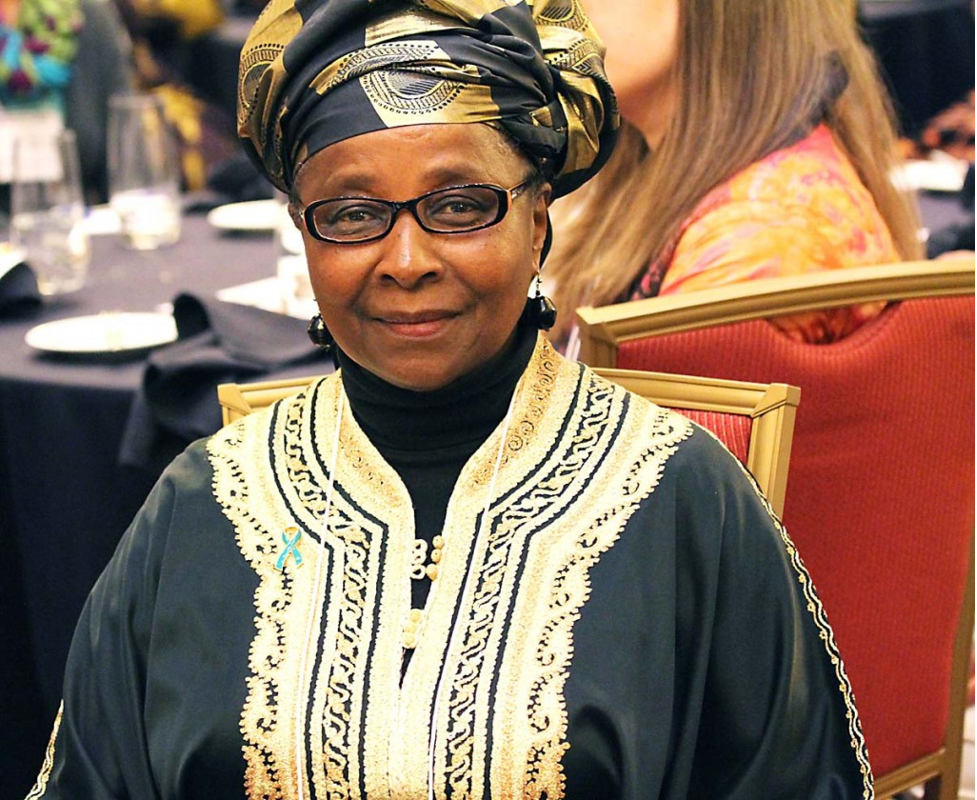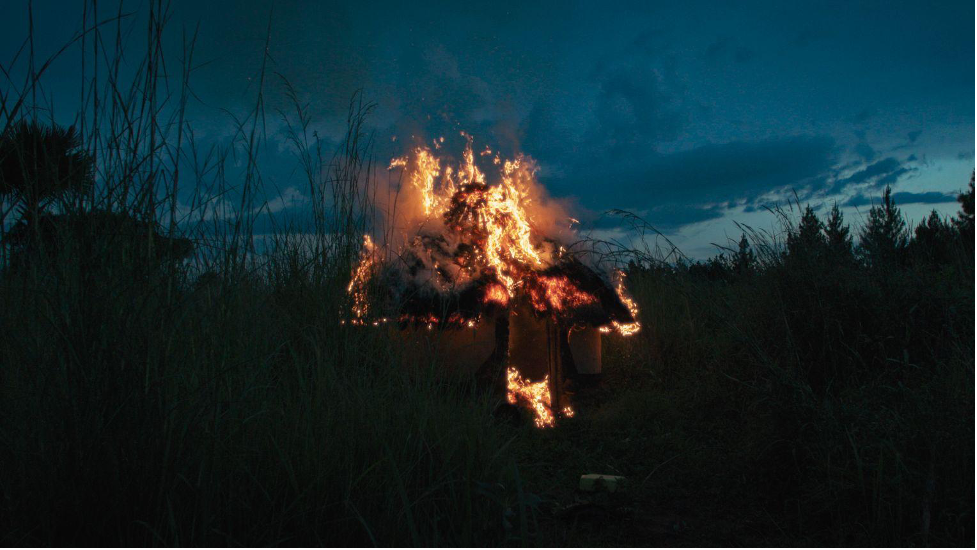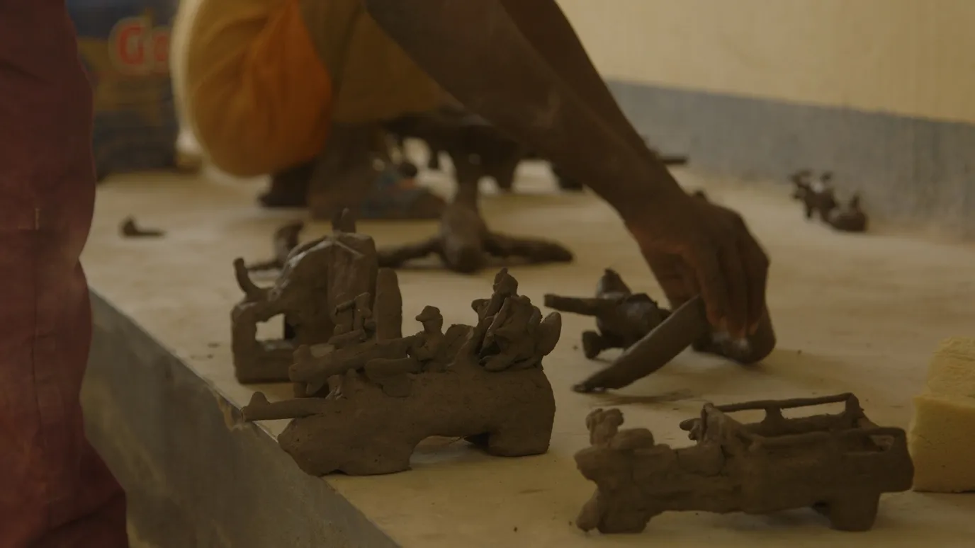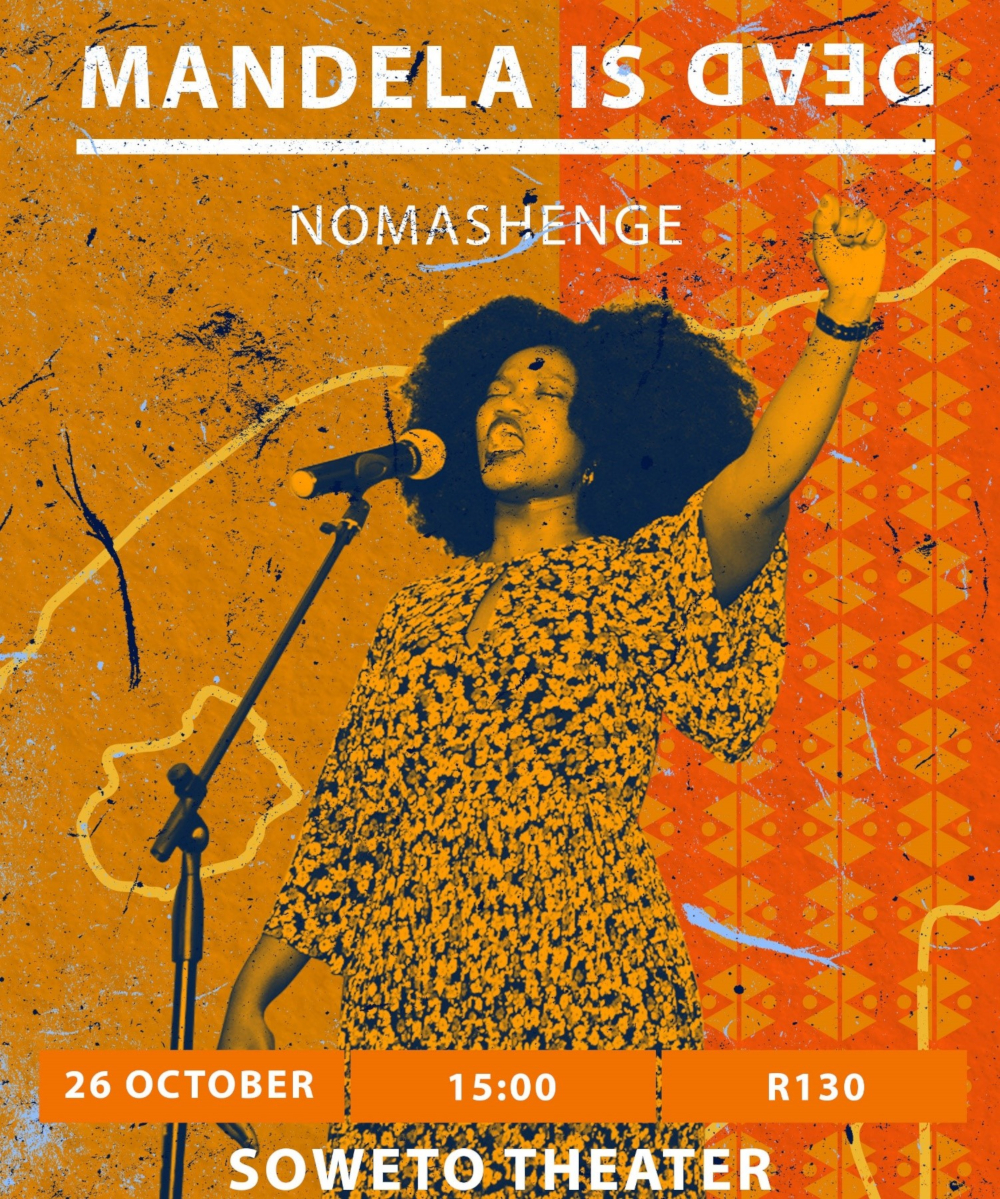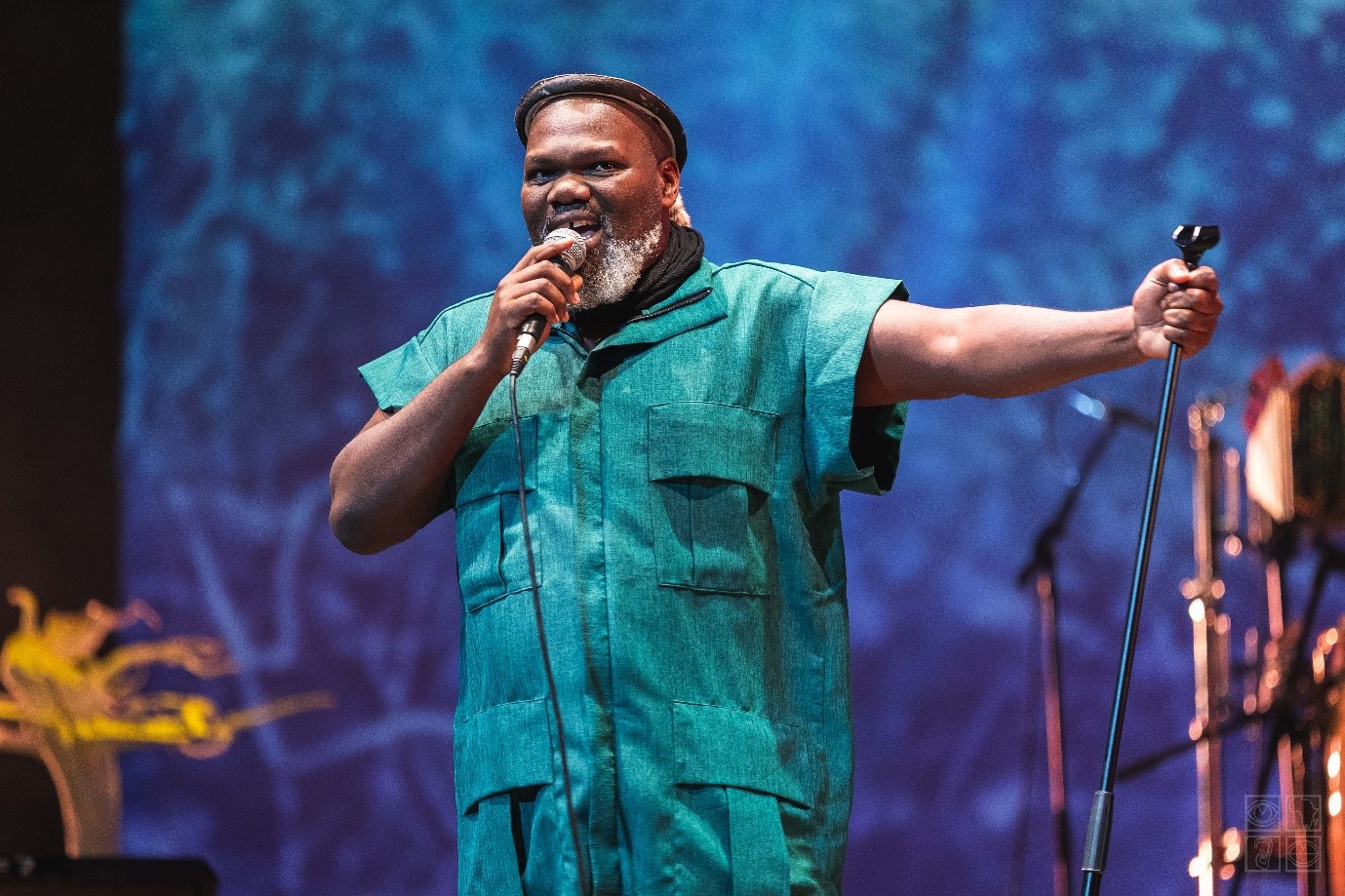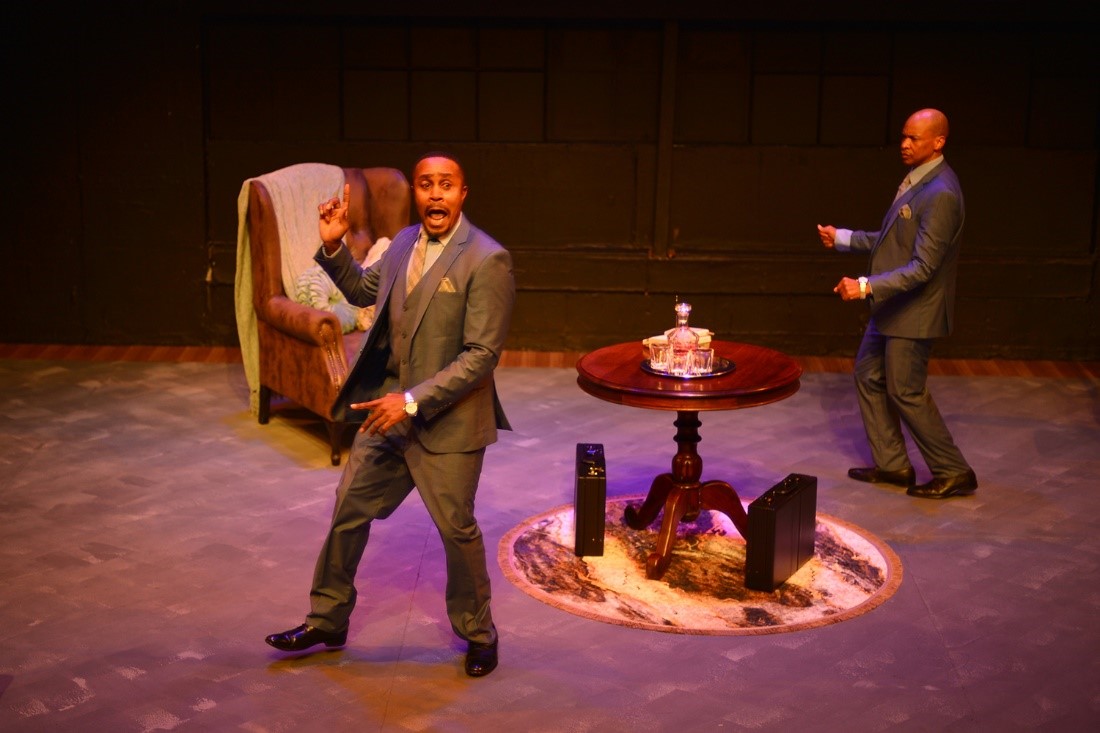African Orature and Human Rights is a 1991 text by Kenyan writer, Micere Mugo, who answers what pre-colonial Agikuyu oral philosophy claims about the concept of rights.
Mugo starts by explaining that the concept of human rights changes based on the economic system of a society. “Under a capitalist system the oppression and exploitation of workers and peasants is a norm which is not deemed inimical to human rights, while under a socialist set-up the proletariat dictatorship is perceived to ensure popular democracy.”
For this reason, Mugo believes that The African Charter on Human and Peoples Rights is more progressive on paper than the United Nations Charter, since the UN Charter ignores the economic system that people experience. The African Charter recognises economic rights, encourages co-operation, and pledges “to eliminate colonialism, neo-colonialism, apartheid, zionism and to dismantle aggressive foreign military bases and all forms of discrimination.”
Mugo argues that when economic rights are deprived, such as when people are malnourished or with disease, they do not have adequate access to their fundamental human right to life. Moreover, a change in economic priorities could give them those rights.
Mugo does not undermine social and political liberties, but criticises how western liberal philosophy ignores the role of economic conditions on rights, going further to say that the very concept of humanness is related to social production, so even concepts of individual rights can only be understood relative to the economic system one lives under. An example used in the book is a feudal system where only the king or chief are considered to be true people with full access to their rights.
Then, the book explains the Agikuyu philosophy’s focus on communalism and layers of life. According to Mugo, Gikuyu oral philosophy also does not ignore the individual. Instead it employs the Onion Structure Theory which claims ‘reality as constituting layers upon layers of interrelated co-existence’. In this theory, all parts of human life (individual personality, family, clan, community) interrelate and give structure to the whole. Each layer has its unique properties. The inner layer, for instance, is the individual and it has heart, intellect and imagination. A more outer layer would be the environment or society that an individual occupies. The most outward layer is a cosmological layer referring to heavens, stars, the sky and elements.
Since these layers are interrelated, they require different people to be in rhythm with each other to prevent chaos. It is each person’s participation in maintaining such rhythm which keeps the structure in harmony. At the same time, violations against any individual also threaten the harmony of the structure. Under this philosophy, individuals are not to be disregarded.
“Where the individual is denied human rights, the situation is seen as disastrous because it is as if the collective whole has been misplaced and this will affect its integrity as well as its completeness”
ALSO READ: Mbembe’s Postcolony
In practical terms, Mugo explains that in Agikuyu society, customs were formed to ensure people were not without a family, that people were not homeless, that children were fed, regardless of who their parents were and that any councils of elders did not have unbridled power. At the same time, elders were seen as the embodiment of the society’s values, preserving customs, issuing guidance, and making ultimate decisions.
Overall, there was an awarding of rights based on the stages of life and the completion of milestones or initiations. So forming part of the onion structure required participating in the customs of the Gikuyu society. On this practice, Mugo offers criticism since children could be forced into labour, women could have their bodies violated and were generally afforded fewer rights at all stages of life, and some people could not elevate their rights unless they participated in initiation or marriage. Mugo does not endorse the use of custom as means to form society.
Overall Mugo explains first, that any explanation of rights is incomplete without an analysis of how people relate with social production or economy and second, that Gikuyu rights were informed by a layered structure that included the individual, the society and wider cosmology into a harmonious structure empowered by custom, where such layers were also related to an individual’s age, gender and role in that society.
But Mugo does not end their exploration of Agikuyu oral philosophy there. They analyse the role of the orator to be someone who humbles themselves to their community, as vulnerable to the community’s criticism or reproach. These artists do not look down on people. They offer their art as part of their community, without copyright and the community is actively involved in narratives to prevent their dictatorship by the artist. Monopoly, individualism and domination were discouraged. The artist was produced by the community and so the community saw such art as belonging to them all. After all, orature requires many skills which need to be developed, including “rhythm, harmony, non-antagonistic antithesis in rhetoric, balance, order, contact, dialogue, wit, roundedness or circularness or curvedness, (as opposed to linear progression), energy, cohesiveness, communication, demonstrativeness, performance, articulateness, motion, openness, colour, debate, feeling, participation, and involvement”
For Mugo, Orature speaks to fundamental human rights and the orator serves to communicate the philosophy of rights to the community. The artist would usually denounce abuses, violations and anti-social behaviour, siding with victims and the vulnerable. This would include criticising or uprooting dehumanisation or oppressive structures.
But, orature could be used for multiple purposes. “In Gikuyu communal mode Orature, songs were used to criticize, mock, satirize, chastise, castigate, denounce, ridicule, provoke etc, in as much as they were used to counsel, teach, celebrate, implore, encourage, love, poetize, inspire etc.” Where sensitive topics were being addressed, orature employed proverbs and metaphors, notably animal tales. Animals such as ogres, hyenas, elephants and lions would represent particular real-life characters who might be destructive, greedy, cunning, dominating, or power-mongering. These were generally the bullies of stories whereas domesticated animals were given positive qualities. But metaphor was also evidence of a developed philosophy.
“Proverbs were seen as the accumulated wisdom, formulated out of years of experience and practice. They were supposed to graphically recapture, through tight compressed poetic language, expansive areas of recapitulated experience.” Proverbs were also a way of forming understanding between varying groups of people or the education of youth. This form of moral education was focused on differentiating between prosocial and antisocial behaviour and was intended to be universal, guaranteeing all access to education.
ALSO READ: Olúwolé’s African Metaphysics
Mugo references three animal tales. The Elephant and the Man is a cautionary tale on colonialism where an elephant asks to put their trunk in a man’s house and then proceeds to take the whole house. Wamutindi and Wanjau is about collectivism triumphing wherein a deer, Wamutindi, rallies all animals to defeat an Ogre, Wanjau, after Wamutindi’s children are eaten by Wanjau. The Cruel Man is about victims taking action to end their oppression. In this story, a woman was sold by her father to a cruel man. She blows a horn and is then discovered by her elder brother who had been looking for her.
Orature is shown to be a developed form of moral philosophy that connects pro-social attitudes to a harmonious onion structure. Beneath the proverb are specific strains of thought and ways of life which predate colonialism. As such, the concept of human or peoples rights were already developed in pre-colonial Africa.
Mugo ends the book by claiming that Gikuyu pre-colonial orature came with its patriarchal issues, but on the whole advanced communalism, and that it focused significantly on the concept of human rights, the triumph of justice and a better world.
“The poor and weak happen to be the majority of our populations. Their daily lives are epics of prolonged struggles against the abuse of basic and other human rights.”

